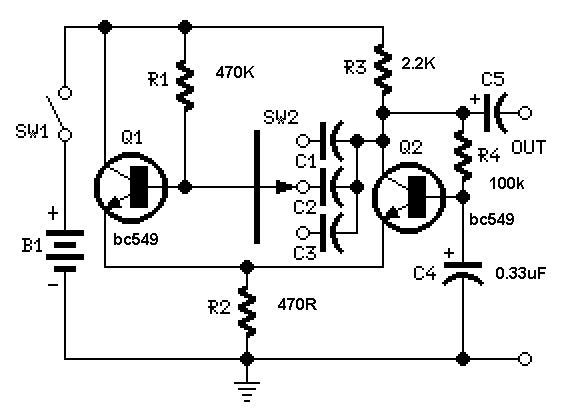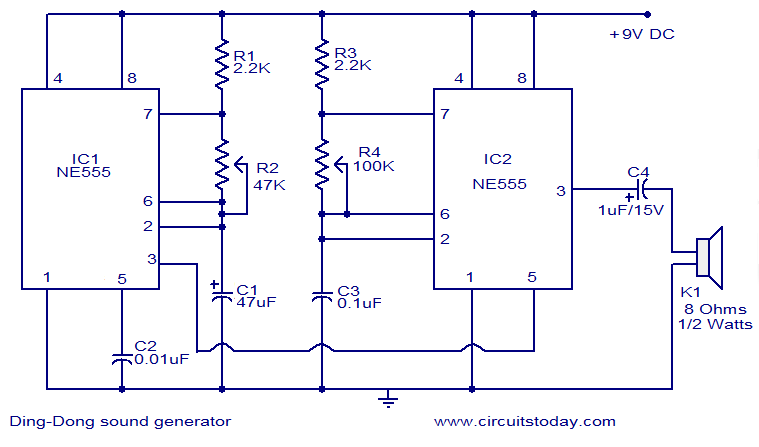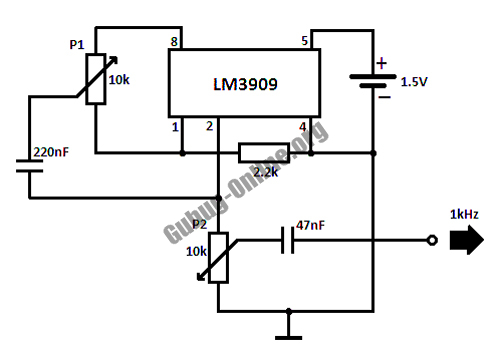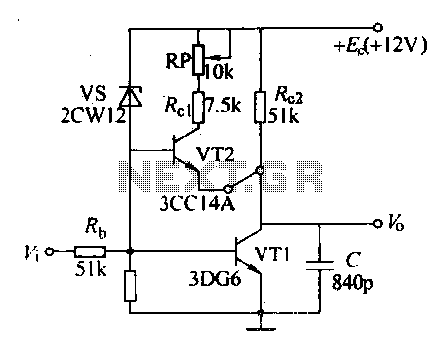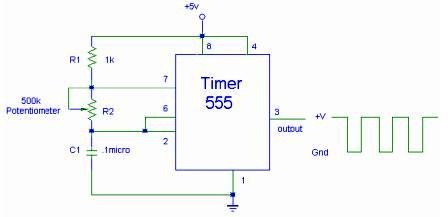
Strobe-tone burst generator
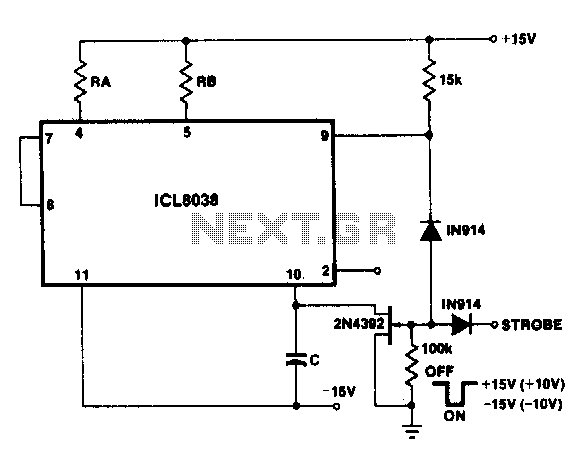
With a dual supply voltage, the external capacitor on pin 10 can be connected to ground to stop the oscillation of the 8038. The circuit employs a FET switch and a diode, which are combined with an input strobe signal to ensure that the output consistently begins on the same slope.
The 8038 function generator is a versatile and highly stable oscillator capable of producing sine, square, triangular, and sawtooth waveforms. In applications where precise timing and waveform generation are critical, the ability to control the oscillation is essential. The dual supply voltage configuration allows for flexible operation across various circuit designs.
Pin 10 of the 8038 is connected to an external capacitor, which plays a crucial role in determining the frequency and stability of the oscillation. By connecting this capacitor to ground, the oscillation can be halted effectively, providing a means to reset or stop the output waveform when needed. This feature is particularly useful in applications requiring synchronization or precise timing control.
The implementation of a FET switch in conjunction with a diode enhances the circuit's functionality. The FET switch can be controlled by an input strobe signal, which allows for dynamic control of the output waveform. The diode serves to protect the circuit from reverse polarity and ensures that the strobe signal only influences the FET switch when intended. This configuration allows the output to consistently start from the same slope, ensuring repeatability and reliability in waveform generation.
In summary, this circuit design leverages the capabilities of the 8038 function generator, utilizing an external capacitor for oscillation control and a FET switch with a diode for precise output management. Such design considerations are critical in applications ranging from signal processing to timing circuits, where accuracy and stability are paramount.With a dual supply voltage, the external capacitor on pin 10 can be shorted to ground to halt the 8038 oscillation The circuit uses a FET switch and diode ANDed with an input strobe signal to allow the output to always start on the same slope.
The 8038 function generator is a versatile and highly stable oscillator capable of producing sine, square, triangular, and sawtooth waveforms. In applications where precise timing and waveform generation are critical, the ability to control the oscillation is essential. The dual supply voltage configuration allows for flexible operation across various circuit designs.
Pin 10 of the 8038 is connected to an external capacitor, which plays a crucial role in determining the frequency and stability of the oscillation. By connecting this capacitor to ground, the oscillation can be halted effectively, providing a means to reset or stop the output waveform when needed. This feature is particularly useful in applications requiring synchronization or precise timing control.
The implementation of a FET switch in conjunction with a diode enhances the circuit's functionality. The FET switch can be controlled by an input strobe signal, which allows for dynamic control of the output waveform. The diode serves to protect the circuit from reverse polarity and ensures that the strobe signal only influences the FET switch when intended. This configuration allows the output to consistently start from the same slope, ensuring repeatability and reliability in waveform generation.
In summary, this circuit design leverages the capabilities of the 8038 function generator, utilizing an external capacitor for oscillation control and a FET switch with a diode for precise output management. Such design considerations are critical in applications ranging from signal processing to timing circuits, where accuracy and stability are paramount.With a dual supply voltage, the external capacitor on pin 10 can be shorted to ground to halt the 8038 oscillation The circuit uses a FET switch and diode ANDed with an input strobe signal to allow the output to always start on the same slope.
